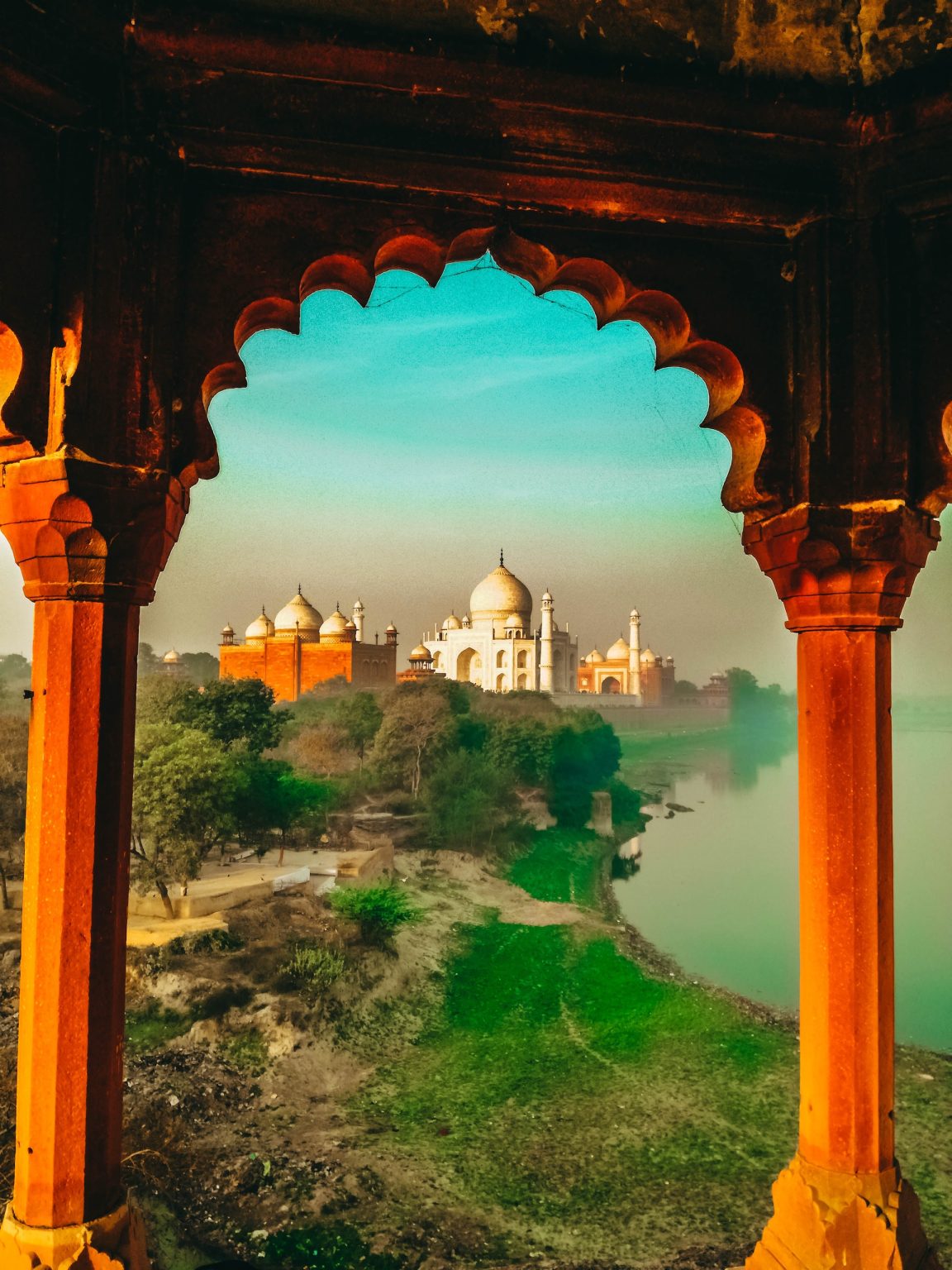For the past 25 years, Kulvir Singh Virk has travelled the world as a freelance architect. He enjoys exploring new countries, particularly cities noted for their exceptional architecture such as India.
Home to numerous UNESCO World Heritage Sites, India’s diverse array of architectural monuments document the country’s fascinating past. In the far northern Himalayan valleys, Buddhist architecture features prominently, while other parts of the country have a heavier Hindu and Jain influence, with huge temples and statues fashioned from bronze and stone. Meanwhile, mosques are continuously extended and refurbished to cater for the nation’s substantial Muslim population.
Many former residences of the Maharajas have been successfully converted into luxury hotels. In addition, a new wealthy class of industrialists and tech specialists have begun erecting ostentatious residences and high-rise offices, some incorporating their own helipads.
From mosques, tombs and palaces to vast hilltop forts, India’s Golden Triangle boasts some stunning architecture. This article will explore three majestic Golden Triangle monuments that attract visitors from all over the world.
The Taj Mahal – Agra
The jewel in India’s crown has to be the Taj Mahal, one of the most beautiful buildings on earth, with a tragic tale of true love behind it. Commissioned in 1631 by Shah Jahan, the great marble monument is the final resting place of the Shah’s beloved wife, Mumtaz Mahal.
Particularly striking in the pale evening light, the building was created with perfect symmetry, its minarets placed in a very specific way to create an optical illusion. As visitors enter the gate, the monument appears close and large, but as they approach, it quickly seems to shrink. While the minarets appear to be perfectly perpendicular, they actually lean outward, culminating in this strange visual effect. Experts believe this was also intended to protect the main crypt from natural disasters such as earthquakes, ensuring that if the minarets were to sustain damage and topple, they will always fall away from the central dome.
The Amer Fort – Jaipur
Constructed from characteristic local sandstone, the Pink City of Jaipur boasts more than its fair share of architectural masterpieces. Perched high on Amer Hill on the outskirts of the city is the iconic Amer Fort, a vast complex that once served as both a fort and a palace.
A UNESCO World Heritage Site today, the Amer Fort blends art and nature seamlessly. Construction of the fort commenced in the 11th century, with the complex taking almost an entire century to complete. Its fortifications and palaces were composed of white marble and red sandstone, incorporating liberal use of precious stones, mirrors and intricate carvings.
Amer Fort overlooks Maorta Lake, a vast body of water that was created to act as a defensive embankment and also served as an important water source for the fort’s inhabitants. The island also incorporates a saffron garden, which dates back to the 15th century, as well as a secret, two-kilometre-long tunnel designed to allow the royal family to escape should the fort come under attack.
Humayun’s Tomb, Delhi
As the final resting place of India’s famous Mughal Emperor, Humayun’s Tomb is an important historical site. Designed by an eminent Persian architect, the tomb is made from red sandstone and white marble, encapsulating age-old charm and beauty.
Humayun’s Tomb has a similar story behind it as the Taj Mahal, having been commissioned by Humayan’s wife, Hamida Banu Begum, as a testament of her affection. The site actually houses not one tomb but 100 within a single complex. Humayun’s Tomb is believed to have inspired the Taj Mahal, which was built almost a century later.

